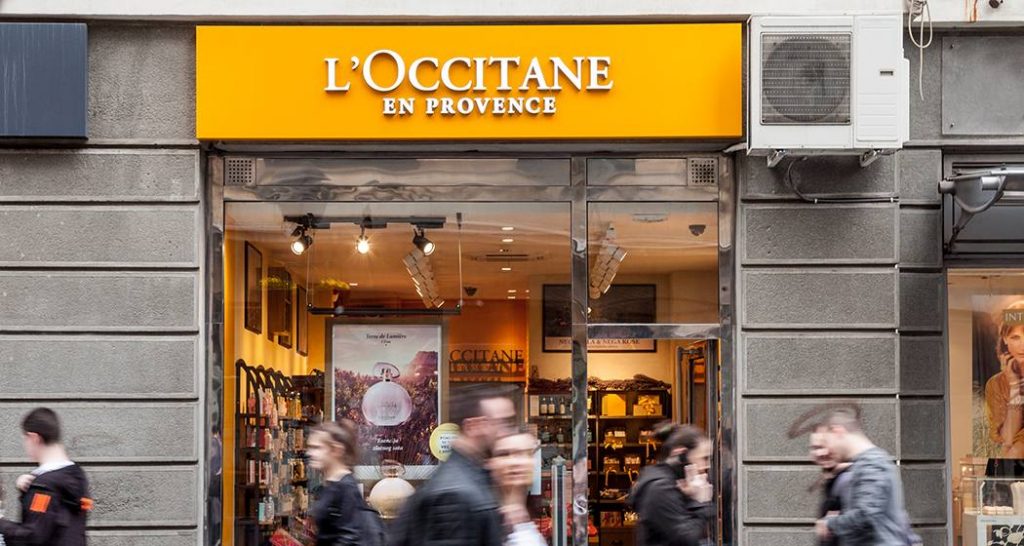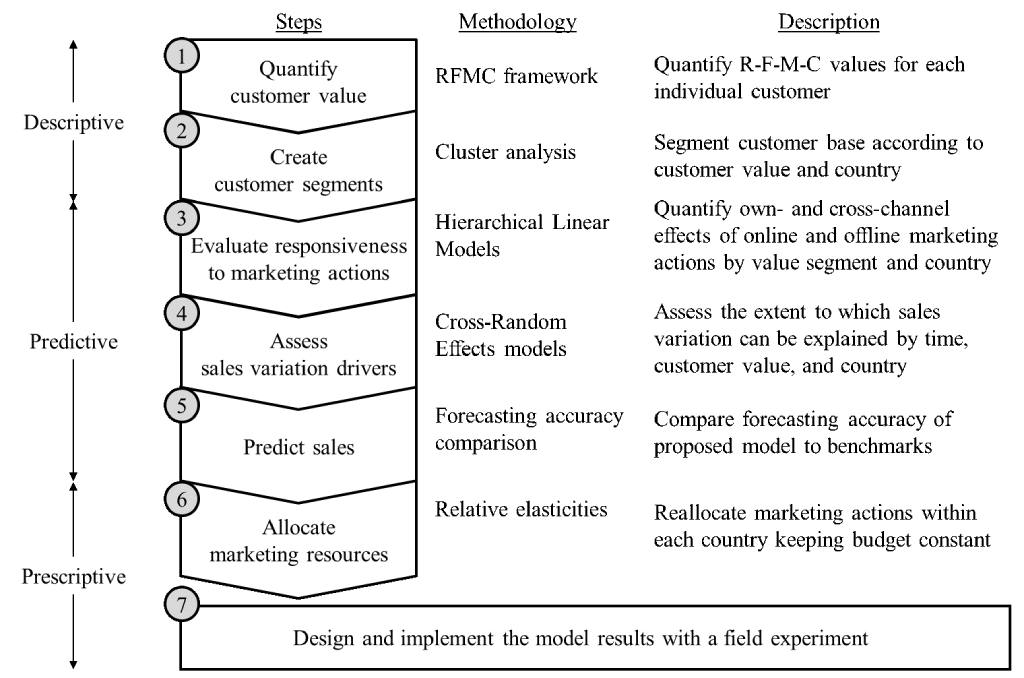
IESE Insight
The mistake of allocating more resources to your best customers
Chances are, you allocate your direct mail marketing budget to your top customers and use email for everyone else. If so, you're doing it all wrong, according to a study led by Albert Valenti.
Like many companies, L'Occitane en Provence takes extra special care of its best customers. In terms of marketing, the most valuable segment of shoppers receives a large portion of the marketing budget. In practice, that meant that those customers received promotional material by post (direct mailing), while other segments were targeted predominantly through email.
However, a study led by IESE Prof. Albert Valenti analyzed over 84,000 customers of this beauty firm in six countries and showed that reassigning the budget for direct mail and email could yield a revenue increase of 9 to 16 percent. The key was to allocate the entire direct mail budget to prospects — people who had shown an interest in the brand's products but had not yet bought anything.
A second study on the U.S. customers of a clothing company also concluded it was unnecessary to send paper mail to the most valuable customers. Brand loyalty already made high-value customers more receptive to emails than other customer segments. The results of the two studies weren't identical though: the American study showed that dormant customers — those who had purchased in the past, but not recently — were the ones to target with direct mailings.
In light of these results, why do so many companies insist on focusing their mail campaigns on their most valuable customers? The problem, as Valenti's research points out, is that many times their analyses of marketing campaigns ignore the cross-channel effects between communication and sales, so they reach the wrong conclusions. They fail to consider the influence that direct mail has on online sales or that digital campaigns have on brick-and-mortar stores.
4 keys for L'Occitane
The authors highlight four conclusions in the particular case of L'Occitane en Provence:
- The effect of paper mail and email on both online and physical sales varied by customer-value segment and by country.
- Even so, one constant in all the countries examined in the L'Occitane study was that direct mail only increased purchases in physical stores among prospects.
- Redistributing the marketing budget among the different customer segments generated a substantial lift in revenue.
- The model developed by the study's authors provided up to 50 percent more accuracy in forecasting sales across channels and countries compared to the previous benchmarks.
The research debunks the idea that high-value customers are the ideal targets for direct mail campaigns. Furthermore, their analysis suggests that, since new markets (i.e., in countries the company has only recently penetrated) tend to have a higher share of prospective customers and light buyers, direct mail resources may best be allocated to such geographic areas.
At the same time, email campaigns only worked on customers with a preexisting relationship with the company. Although email failed to bring in entirely new customers, the finding nonetheless suggests that the General Data Protection Regulation (GDPR) will have only a limited impact in terms of lost marketing opportunities for companies.
A new model
The new model proposed by the authors aims to optimize the results of marketing campaigns across channels. They say it is essential to analyze the responsiveness of different customer segments to direct mail and email, as this varies from group to group. The whole process can be broken down into seven steps, as illustrated in the following graph.

In the model above, the "RFMC framework" asks managers to: 1) quantify when each customer's last purchase was (R for recency), 2) record how often they purchased (F for frequency), 3) note the price (M for monetary value), and 4) qualify the regularity (C for clumpiness).
Methodology, very briefly
The first analysis was carried out with L'Occitane's individual marketing transactions and communications with 84,110 potential customers. Data was acquired in the United States, United Kingdom, Germany, France, Spain and Italy over four years, obtained through the Wharton Customer Analytics Initiative. The study's authors designed and implemented A/B testing in Italy for four months with the same company to validate the reassignment of the budget among the different customer segments generated by their model.
Additionally, to evaluate the extent to which the results could be extrapolated to other contexts, the authors analyzed the case of an American clothing retailer with similar data, channels and marketing actions, selling exclusively in the United States.
This research has been awarded the Gary L. Lilien ISMS-MSI Practice Prize by the Institute for Operations Research and the Management Sciences (INFORMS) for "outstanding implementation of marketing science concepts and methods."
